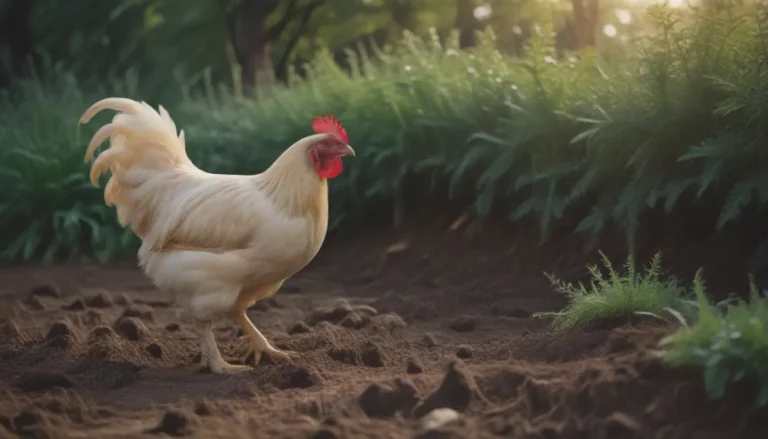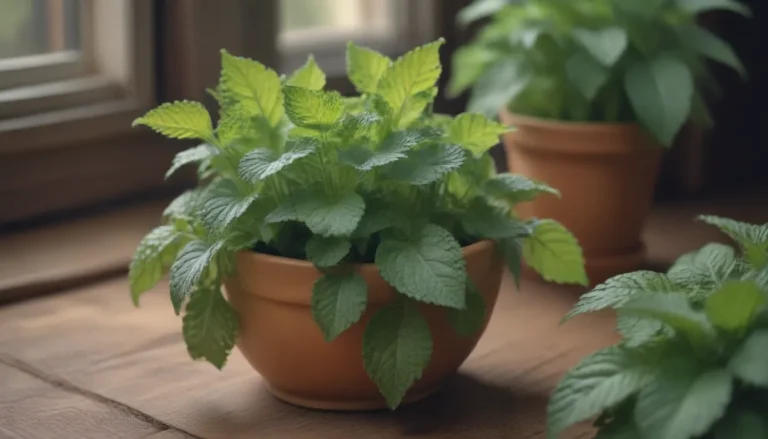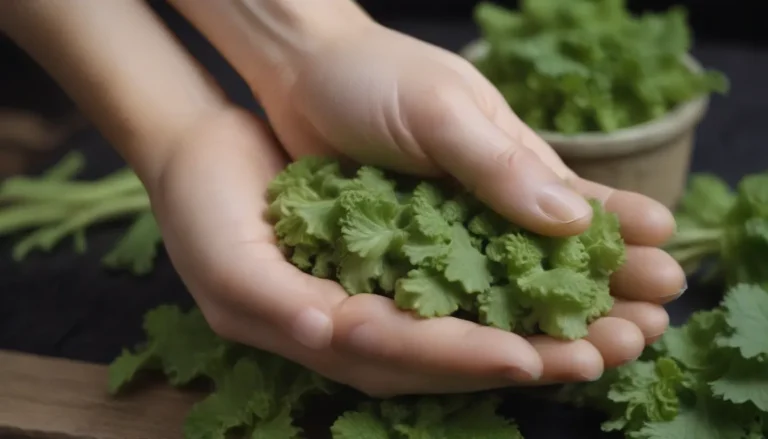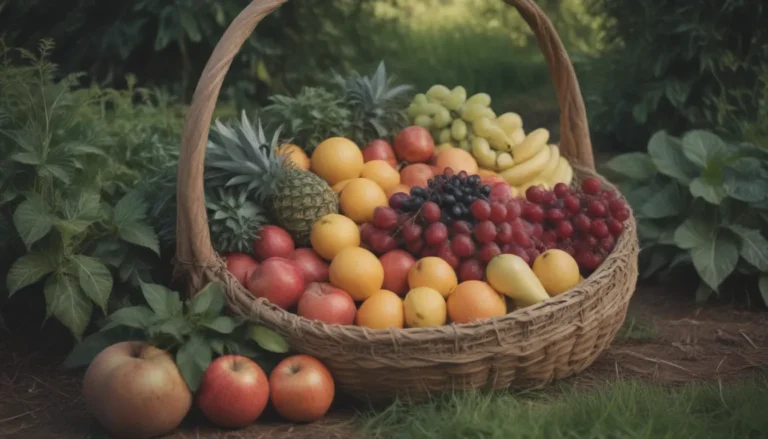Identifying Poisonous Plants in Your Backyard: A Comprehensive Guide
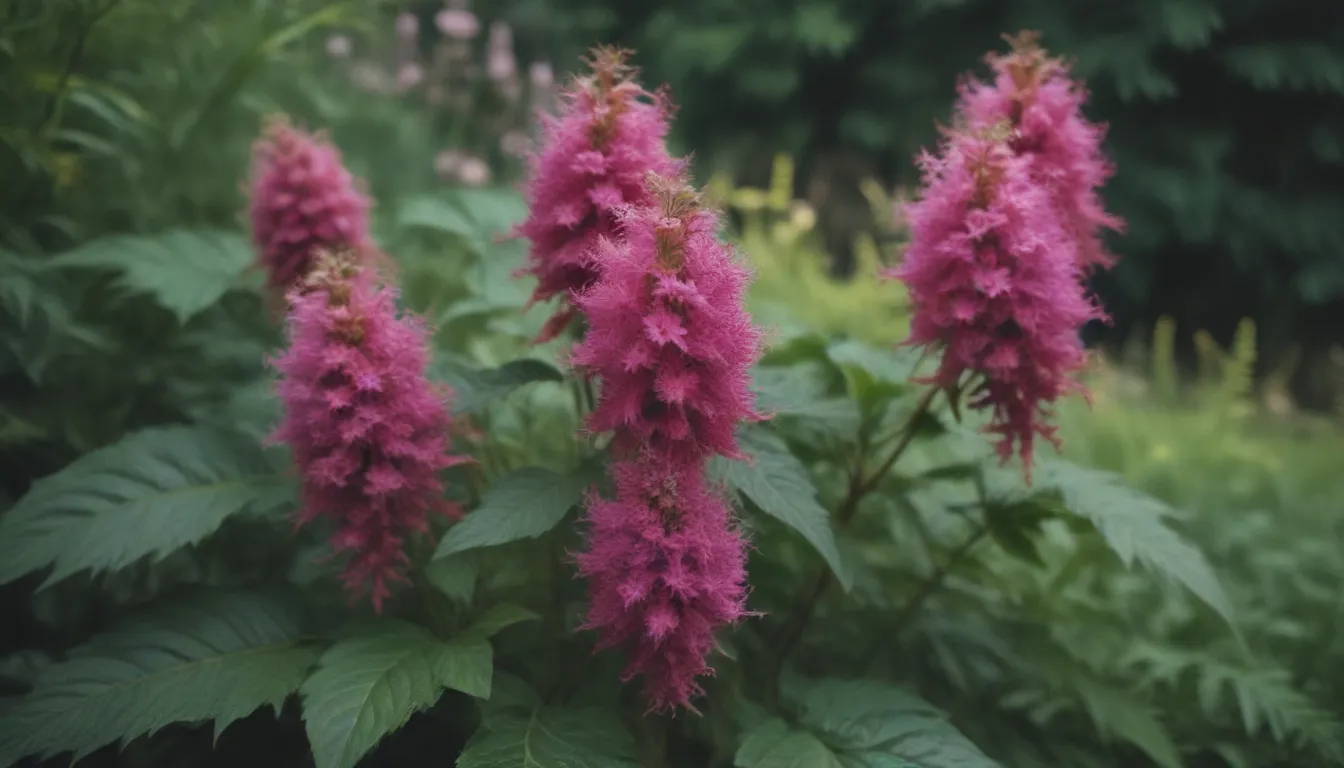
Welcome to our guide on identifying common poisonous plants that may be present in your backyard. In this article, we will help you recognize toxic plants with pictures and descriptions, so you can take the necessary precautions to keep yourself, your family, and your pets safe. From bittersweet nightshade to giant hogweed, we’ll cover a wide range of dangerous vegetation commonly found in North America.
Why It’s Important to Identify Poisonous Plants
It’s essential to be able to identify toxic plants in your backyard to prevent accidental poisoning or allergic reactions. While the level of toxicity varies among different plants, it’s always better to err on the side of caution when it comes to handling or planting potentially dangerous vegetation. By familiarizing yourself with the following 22 examples of poisonous plants, you can create a safer environment for yourself and your loved ones.
Common Poisonous Plants to Look Out For
-
Bittersweet Nightshade
- Scientific Name: Solanum dulcamara
-
This woody weed is dangerous due to its brightly colored berries, which are toxic to humans and animals when consumed.
-
Chinese Lanterns
- Scientific Name: Physalis alkekengi
-
The leaves and fruit of Chinese lanterns are toxic, making them a hazard for both kids and pets.
-
Foxglove
- Scientific Name: Digitalis spp.
-
Known for its tall spikes of tubular flowers, foxglove is highly toxic if ingested and should be handled with caution.
-
Mountain Laurel
- Scientific Name: Kalmia latifolia
-
This plant, along with azaleas and rhododendrons, belongs to the heath family and contains toxic compounds in its bark, sap, leaves, and flowers.
-
Castor Bean
- Scientific Name: Ricinus communis
-
While castor oil is derived from this plant, it also produces the deadly toxin ricin, making all parts of the plant toxic to humans and animals.
-
Yew
- Scientific Name: Taxus spp.
-
The bright-red berries of this plant contain toxic seeds, and the needle-like leaves can be harmful if ingested.
-
Poison Sumac
- Scientific Name: Toxicodendron vernix
-
Both the leaves and berries of poison sumac are toxic, making it important to identify and avoid this plant in your backyard.
-
Poison Ivy
- Scientific Name: Toxicodendron radicans
-
The leaves of poison ivy contain urushiol, an oil that can cause severe allergic reactions in humans. Avoid any contact with this plant, including burning it.
-
Easter Lily
- Scientific Name: Lilium longiflorum
-
While Easter lilies are toxic to cats, their sap can also cause reactions in humans, making it important to handle these flowers with care.
-
Stinging Nettles
- Scientific Name: Urtica spp.
-
Avoid coming into contact with stinging nettles, which can cause skin irritation similar to poison ivy.
-
Yellow Dock
- Scientific Name: Rumex spp.
-
Yellow dock, also known as sorrel, is toxic to dogs but has low toxicity for humans. It’s easy to identify by its mature flower heads resembling coffee grounds.
-
Lantana
- Scientific Name: Lantana camara
-
This colorful plant is toxic to both humans and animals, with its berries, leaves, and sap posing a risk if ingested.
-
Lily-Of-The-Valley
- Scientific Name: Convallaria majalis
-
While these delicate flowers are popular in weddings, they are toxic in large amounts and can become invasive in your backyard.
-
White Baneberry
- Scientific Name: Actaea spp.
-
Known for its spooky “doll’s eyes,” white baneberry is toxic and should be avoided due to its harmful effects on both humans and animals.
-
Tansy
- Scientific Name: Tanacetum vulgare
-
Once valued as an herb, tansy is now known for its toxicity to both people and animals, especially if ingested.
-
Poison Oak
- Scientific Name: Toxicodendron diversilobum
-
Similar to poison ivy, poison oak can cause severe skin reactions if touched. Protective gear should be worn when handling this plant.
-
Oleander
- Scientific Name: Nerium oleander
-
This fragrant shrub is highly toxic if touched or ingested, making it important to keep it away from areas frequented by children and pets.
-
Mistletoe
- Scientific Name: Phoradendron spp., Viscum spp., Arceuthobium spp.
-
While mistletoe is a festive decoration, some types are toxic to humans and animals if ingested, requiring caution when handling this plant.
-
Jimsonweed
- Scientific Name: Datura stramonium
-
Recognizable by its large trumpet-shaped flowers, jimsonweed is toxic if ingested and should be removed from your backyard to avoid accidental poisoning.
-
Poison Hemlock
- Scientific Name: Conium maculatum
-
Poison hemlock is both toxic to humans and animals and can be invasive in your backyard. Proper identification and removal methods are essential to prevent exposure.
-
Wild Parsnip
- Scientific Name: Pastinaca sativa
-
This tall plant with yellow flowers should be avoided due to its toxicity to humans and animals, especially when growing near poison hemlock.
-
Giant Hogweed
- Scientific Name: Heracleum mantegazzianum
- Easily mistaken for poison hemlock, giant hogweed is extremely toxic upon touch and should be removed from your backyard to prevent harmful effects.
What to Do If You Encounter a Poisonous Plant
If you accidentally touch a toxic plant, it’s essential to take the following steps to prevent adverse reactions:
- Wash the affected area with soap and water immediately.
- Avoid touching your face or eyes after contact with a poisonous plant.
- Monitor for any signs of a reaction, such as rash, itching, or swelling.
- Seek medical attention if symptoms persist or worsen.
Conclusion
By familiarizing yourself with these common poisonous plants, you can create a safer environment in your backyard for yourself, your family, and your pets. Remember to exercise caution when handling or planting any vegetation and seek professional help if you need assistance in eradicating toxic plants from your yard. Stay informed and stay safe!
